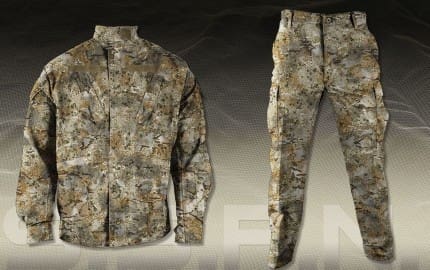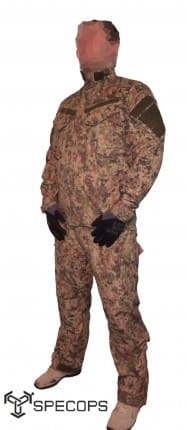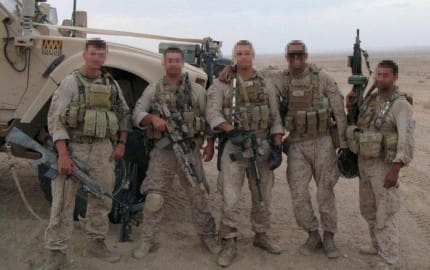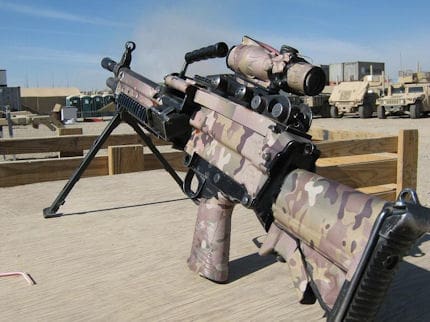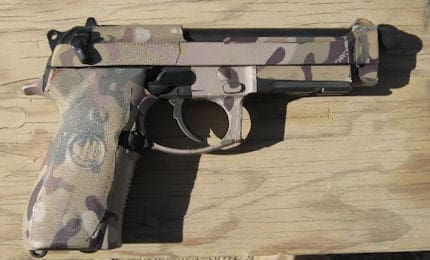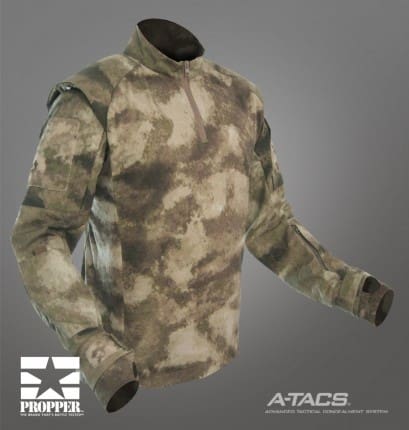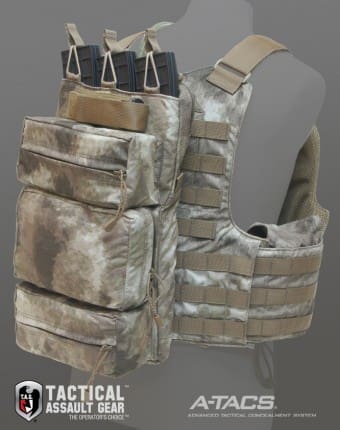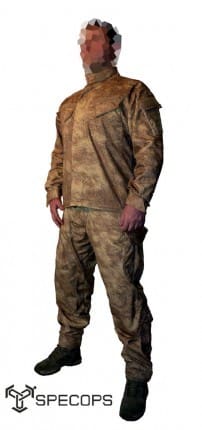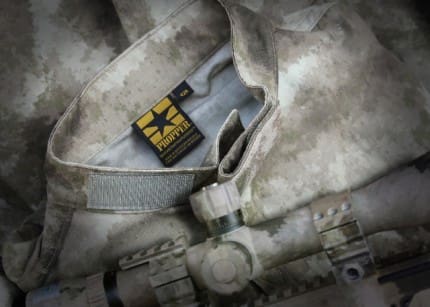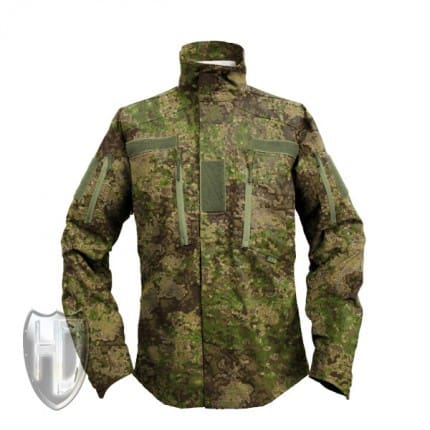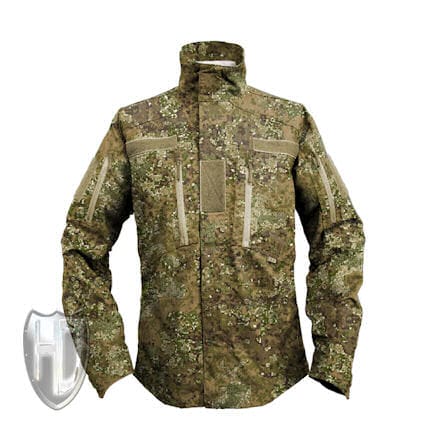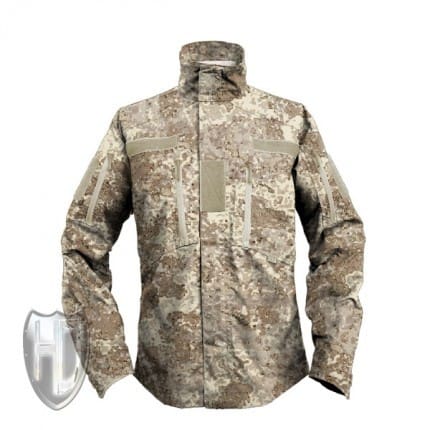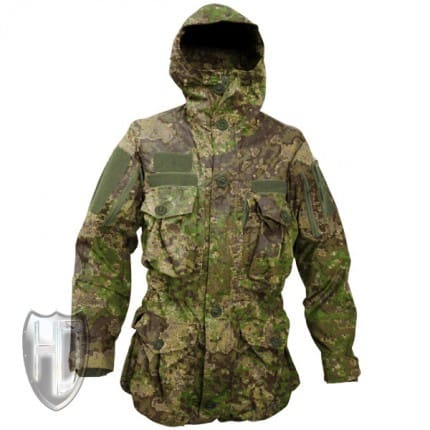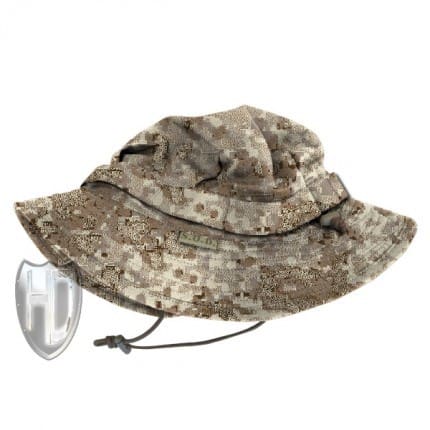First Lite specializes in Merino wool clothing for hunting. We have gone over the many merits of Merino in the past but summarize; warm even when wet, inherent anti-microbial which inhibits odor, and inherent FR. Several friends of SSD have been raving about First Lite’s garments, particularly their underwear and hats so we thought we should introduce the brand to you.
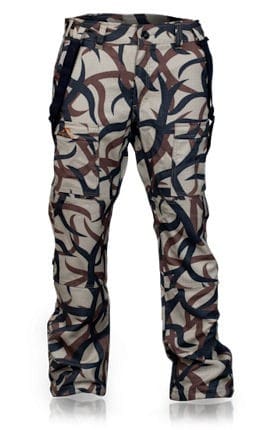
This is the Gila Hunting Pant. It’s tough to find wool pants these days, and Merino has an increased comfort range so you can wear them in a wider variety of environments than most pants. Plus, if you get wet, you’ll still be warm and if you sweat, you won’t stink to high heaven. Plus, Merino isn’t scratchy like traditional wool.
You will notice the odd camouflage pattern which is called ASAT. To give you a little history on ASAT, you need to know is that it stands for All Season All Terrrain so it was envisioned as a “universal” camouflage pattern. Dating back to 1986, ASAT was developed for hunting and features a Tan base. Interestingly, in the late 80s, Brigade Quartermaster commissioned an “urban” variant using a Grey base with dark bands. Based on this, we guess you could look at ASAT as a family of patterns dating back over 20 years.
Remember, First Lite manufactures hunting clothing and their color options reflect this. They offer Black, ASAT, Mossy Oak Breakup Infinity, and Real Tree Max-1. Additionally, some products may be offered in more of fewer color options. Since we are in late winter, many colors are currently sold out.
Finally, in addition to the Gila Hunting Pants above, First Lite offers several next to skin layering options as well as headwear.
www.FirstLite.com


